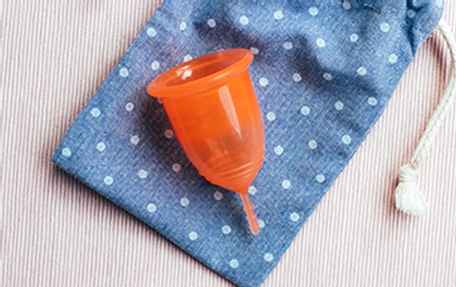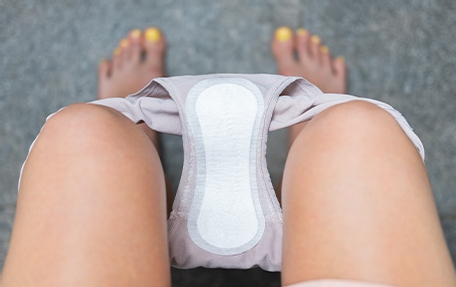Tampons are small cylinders of compact cotton wool-type material with a cord attached to the bottom that you pop into your vagina to absorb your flow. Once inserted, it can be left in for a few hours (No more than 8) and then you simply pull the cord to take it out, wrap it in some toilet roll and in the bin it goes! Job done.
Don’t worry, we get it, the thought of putting a product inside your body can seem a little daunting but it’s really okay to feel that way - we’ve all been there! The first time you use one it’s likely to feel a little strange, but you’ll get the hang of it in no time. It just takes practice, patience and a little courage to give it a go.
Tampons come in various different types and sizes, the most common are applicator and non-applicator tampons. As the name suggests, one comes with an applicator – a plastic (or sometimes cardboard) tube which helps you to insert the tampon, the other you just use your fingers to push it up into your vagina. Applicator tampons are a good place to start if you’re new to this as they help you to get the positioning right. They also come in different sizes from ‘light’ to ‘super’ and this tells us how absorbent the tampons are. It’s a good idea to try something light to begin with as they are a bit smaller, and see how you get on. If you can, try to leave it in for long enough so it can absorb your flow as taking it out too soon could be a bit uncomfortable. Not 100% sure where you should be inserting the tampon? Don’t worry, lots of people have the same problem. We’ve got a handy diagram on our blog Period Products and Staying Fresh so click here to head over and check that out.
Girls and young people who have periods that do lots of sports and physical activities for example: swimming, dancing or gymnastics while on their period often find tampons work well for them. Because tampons are inserted into your vagina they absorb your period before it leaves your body, which means you’re able to go swimming as your flow won’t go into the water. For activities where you might need to wear tighter fitting clothes like leotards, tampons are a little more discrete than pads as they don’t take up any space in your underwear. They also offer a little more flexibility than pads, as you don’t have to think about where it’s positioned while you’re trying to move around.
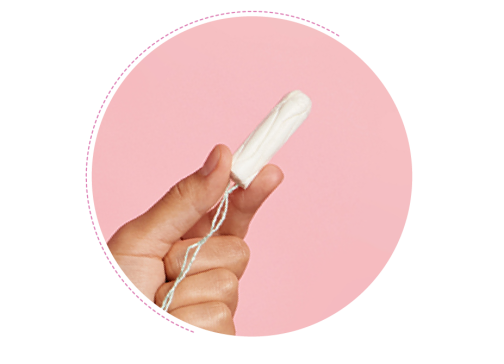
How long can I leave a tampon in for?
You can leave a tampon in for up to a maximum of 8 hours. Ideally after around 6 hours you’ll want to change it for a fresh one, but you may need to before this if you have a heavier flow. If you aren’t sure whether your tampon is ready to remove yet, give the string a little pull, if the tampon moves easily it’s time to change but if there’s still some resistance then you can leave it a little longer. How often you need to change your tampon will depend on a few different things, including how heavy your flow is and how many days into your period you are - as your flow will become lighter towards the end of your period. It’s really a case of getting to know your flow. A good tip is to set an alarm on your phone or watch so you don’t forget to change. It’s really important to do this as in very rare cases leaving a tampon in for longer than 8 hours can cause something called Toxic Shock Syndrome (TSS) – if you are worried about this you should speak to a school nurse or doctor. However, providing you follow the instructions and change your tampon often enough they’re perfectly safe to use. As you can only leave a tampon in for up to 8 hours, tampons aren’t the best choice for wearing to bed - pads, cups or period pants are much better options.
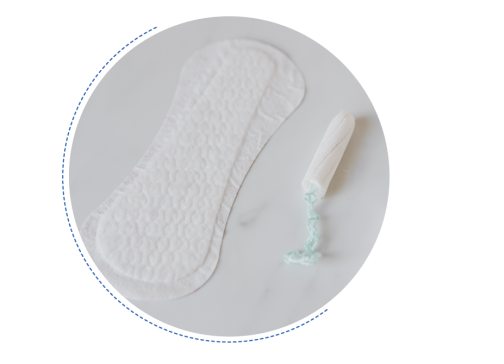
Getting used to tampons
You might want to pop a liner into your pants when you’re wearing a tampon, especially when you’re getting used to learning how often you need to change them. The liner sticks to your pants and catches any cheeky leaks to protect your clothes from stains. However, if you do leak don’t panic, it’s a normal thing that almost everyone who has periods goes through every month. If you find you’ve leaked onto your pants, clothes, bedding or any fabric! a great tip to stop it from staining is to run it under cold water to get the blood out before putting it in the wash!
Time for some myth busting!
Now we know when it comes to periods there are all kinds of weird myths and rumours out there, so we want to clear a few up around our friend the tampon!
Firstly, they aren’t painful. Yes, the first time you use one it might feel a bit weird and maybe a little uncomfortable, but that usually means you haven’t got it in quite right. With practice you will soon get the hang of things, loads of girls and young people who have periods happily (and comfortably) use tampons every month. Secondly, you won’t get it lost in there…there’s nowhere for it to go! At the end of your vagina is your cervix. This is a small passageway that connects your vagina to your uterus – your cervix is far too small to fit a tampon through, so no need to worry. One of the main things to remember here is to check the cord is secure before you use the tampon and follow the instructions carefully. And, last but not least – no, you won’t lose your virginity by using a tampon! Only having sex can do that.
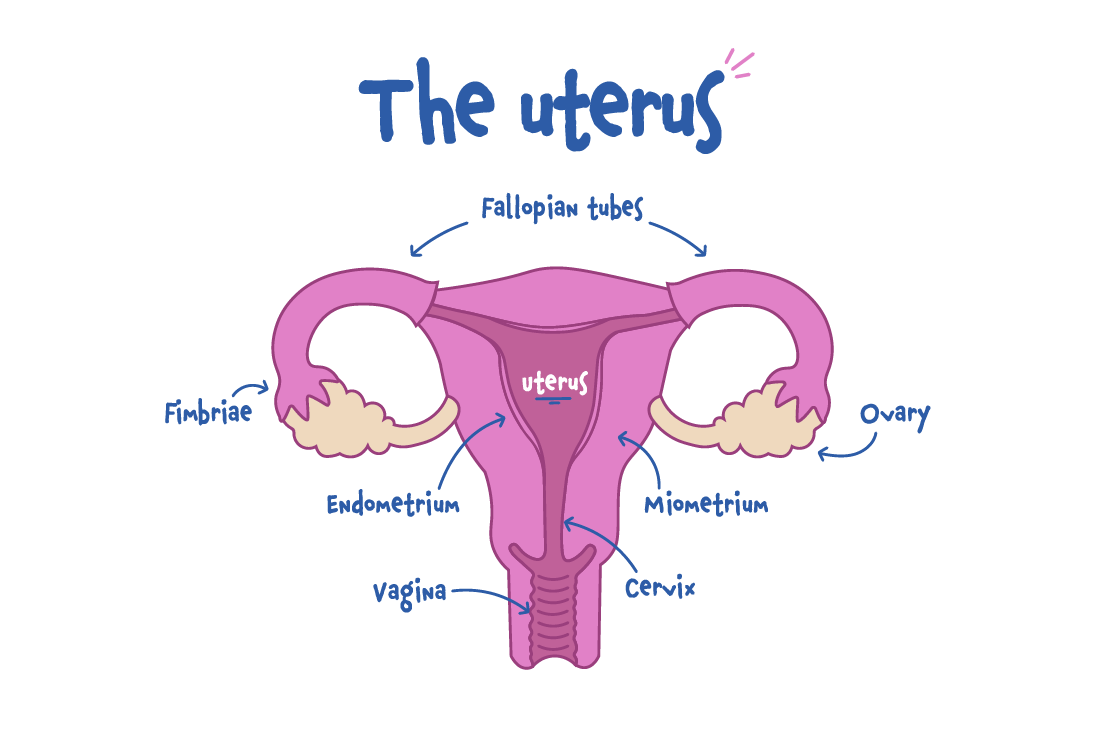
Here’s some hints and tips on inserting tampons and how to know if it’s in right;
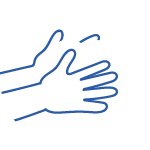
Always wash your hands
Before you insert or remove a tampon (and afterwards)

Keep everything as clean as possible
When you’re first trying to get to grips with using tampons it can take a few tries, if you find the applicator or tampon are starting to get a little dirty, take a break, and try again with a fresh clean tampon.
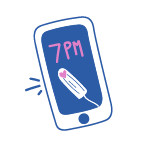
Do it when you have plenty of time
Pick a day that you have time to practice so there’s no pressure, and hey, if you don’t get it the first time it doesn’t matter, just go away chill out for a bit and come back to it.

Relax
You’ll find it easier to insert the tampon if you’re relaxed, if you’re too nervous or getting worked up your muscles in your vagina will tense and it’ll be harder to get the tampon in so it could feel uncomfortable, so just take a deep breath and relax. You’ve got this!

Move around and get comfy
There are no set rules as to how you should position your body to put a tampon in, you can sit down, stand up, put one foot up on the toilet seat, it’s really whatever works for you.

Try using a tampon in the middle of your period
Ideally you need to be bleeding enough so that the tampon will fill up – this will stop it from feeling dry and a little uncomfortable when you go to take it out. Never use a tampon if you aren’t on your period, it’ll be very uncomfortable and difficult to remove.
Insert your tampon at a 45-degree angle
Sorry we brought maths into the equation…but did you know your vagina doesn’t just go straight up into your body? It’s actually at a slight angle, so to help your tampon slide in smoothly, position it in at an angle pointing towards the middle of your back.

If you can feel it, it’s not in far enough
If you can still feel the tampon once you’ve inserted it then it’s probably because you don’t have it in far enough, so just use your finger to push it in a little further. Once in correctly, the only thing you should feel is the string hanging down.

Ask for help
If you’re trying to put in a tampon and you just can’t seem to get the hang of it, why not ask someone for some help or advice. Most women, girls and people who have periods have been here, it’s no biggie, just be brave and ask - they’ll understand!
We hope you found this useful and we might have even inspired you to give tampons a whirl! Remember everyone is different, we all have different likes and dislikes and that’s also the case when it comes to period products. The key is just to try different things and give them a chance. Most period products feel a little strange to begin with but once you get used to them you won’t notice they’re even there. So go on - give something new a try, we believe in you!
If tampons aren’t for you, there are other options out there, and we’ve got handy guides like this one for the other common period products available. Click the links below to find out more about them.
